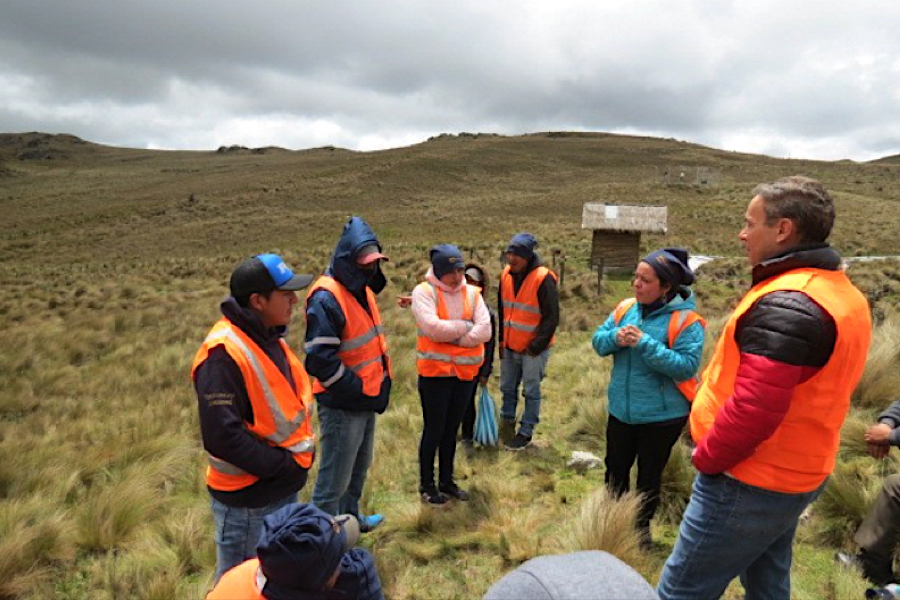Rampant investor demand eats into platinum oversupply — report

Resurgent investor demand for platinum will drive overall consumption of the metal up 9% this year and lead to a lower surplus, the World Platinum Investment Council (WPIC) said on Friday.
The WPIC in its latest quarterly report cut its estimate of oversupply in the roughly 8 million ounce a year platinum market to 345,000 ounces from 375,000 ounces three months ago.
Clamour for the metal from investors in exchange-traded funds (ETFs) will offset declines in consumption by jewellers and auto makers, the WPIC said.
“Unprecedented investment demand in H1’19 of 855,000 ounces (720,000 ounces from increased ETF holdings and 135,000 ounces from bar and coin purchases) supports a conservative investment demand forecast for 2019 of 905,000 ounces,” it said.
The WPIC is a platinum industry-funded body and uses data from an independent consultancy.
Platinum prices plunged from around $1,800 an ounce in 2011 to a low of $751.25 last year as declining demand pushed the market into surplus in 2017 and 2018, according to the WPIC.
But prices have since crept higher, with rapid gains since late August taking the metal to near $1,000.
The biggest consumer of platinum is the auto industry, which uses it and sister metals palladium and rhodium in vehicle exhausts to reduce harmful emissions.
Demand is likely to improve as a decline in sales of diesel cars, which use the most platinum, begins to reverse as more of them meet tougher environmental rules and lower interest rates lift precious metals in general, said the WPIC’s head of research, Trevor Raymond.
He also said a sharp rise in palladium prices, currently around $1,600 an ounce, would encourage auto makers to use more platinum, though there is so far no evidence of this happening.
“Demand growth potential over the next two years certainly looks like the market is heading to deficit,” Raymond said.
Platinum supply will rise 4% this year, the WPIC said, mainly due to the release of stocks accumulated by miners in South Africa, the largest producer, during smelter repairs and maintenance in 2018.
But this is a one-off boost, Raymond said, predicting South African output would be around 200,000 ounces lower next year.
(By Peter Hobson; Editing by David Evans)
{{ commodity.name }}
{{ post.title }}
{{ post.date }}

Comments